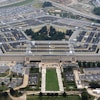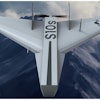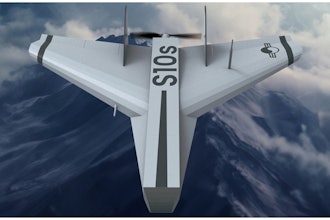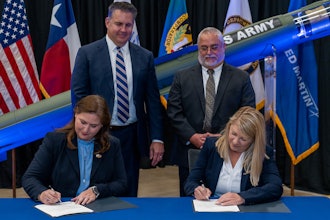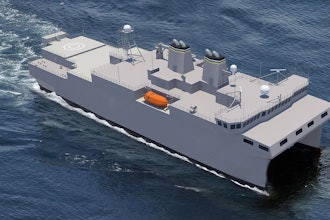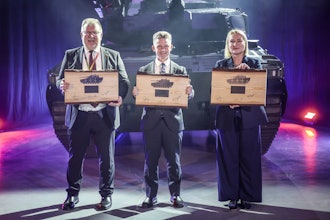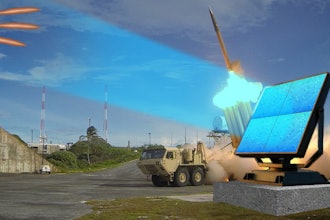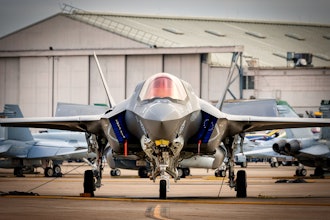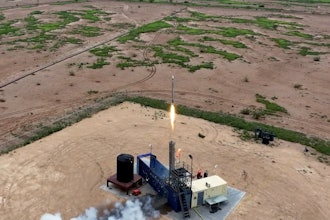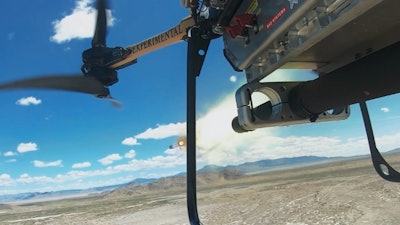
For the first time, BAE Systems has launched a precision munition from a multi-rotor Uncrewed Air System (UAS) and successfully destroyed both air and ground targets during trials in the US.
This marks a major step forward in the development of a low-cost strike and counter UAS option for frontline troops.
The launch of munitions upgraded with BAE Systems’ APKWS laser-guidance kit from a TRV-150, a modified version of the BAE Systems’ Malloy T-150, marks the first air to air engagement of an APKWS guidance kit from a UAS, building on its decades-long presence on combat aircraft including the F-16, F-18 and Apache helicopter.
The successful trials demonstrate the multi-role capability of the platform and are a significant boost to showcasing how advancements in drone technologies can be harnessed to offer militaries highly effective and affordable tactical options to tackle both emerging UAS threats and more traditional targets.
The tests took place at US Army Dugway Proving Ground in Utah using a modified version of BAE Systems’ Malloy T-150 adapted to meet the US Marine Corps logistics requirements known as the SURVICE TRV-150.
BAE Systems engineers in the UK provided weapons integration knowledge and experience to integrate the APKWS guidance kit. It transforms unguided rockets into precision-guided munitions and provides a low-cost, highly effective solution that has multi-role capabilities. With its integration onto the TRV-150 the tests exceeded expectations in all aspects, including platform performance and target engagements, with zero misses.
The successful integration on display during the trials highlights the possibility of providing operators with a unique solution for engaging targets at greater range than ground-launched solutions, using a system that can be deployed to the front line.
The trial was a result of efficient collaboration between BAE Systems FalconWorks, BAE Systems, Inc., SURVICE Engineering, bringing together knowledge and expertise from across our UK and US teams.
The team behind this cross-Atlantic partnership will now build on these successful trials to further refine the new system so that it is ready for use on the battlefield. This includes integrating more autonomous technology.

